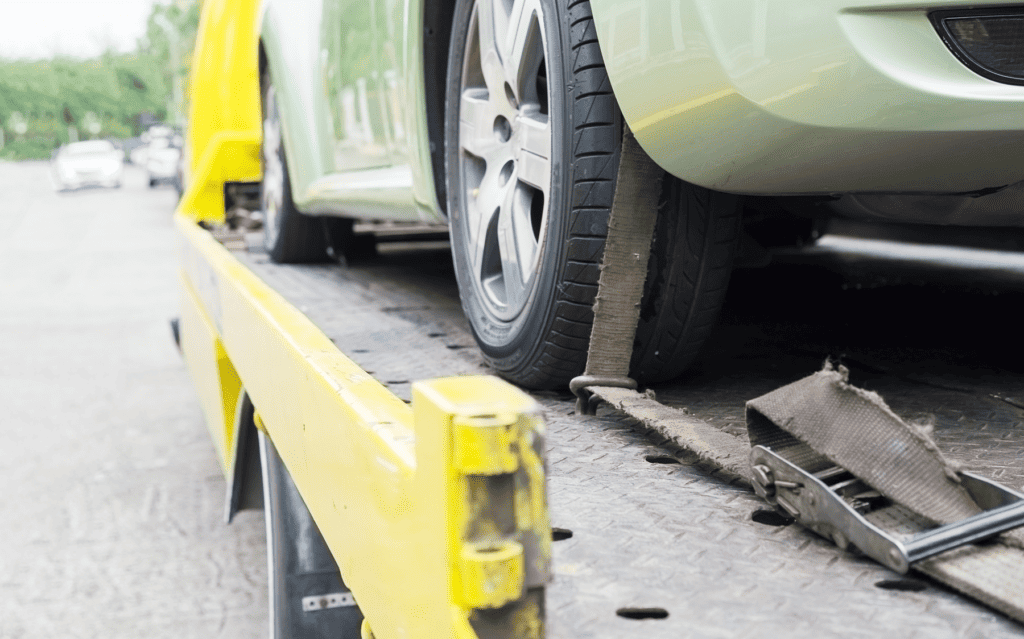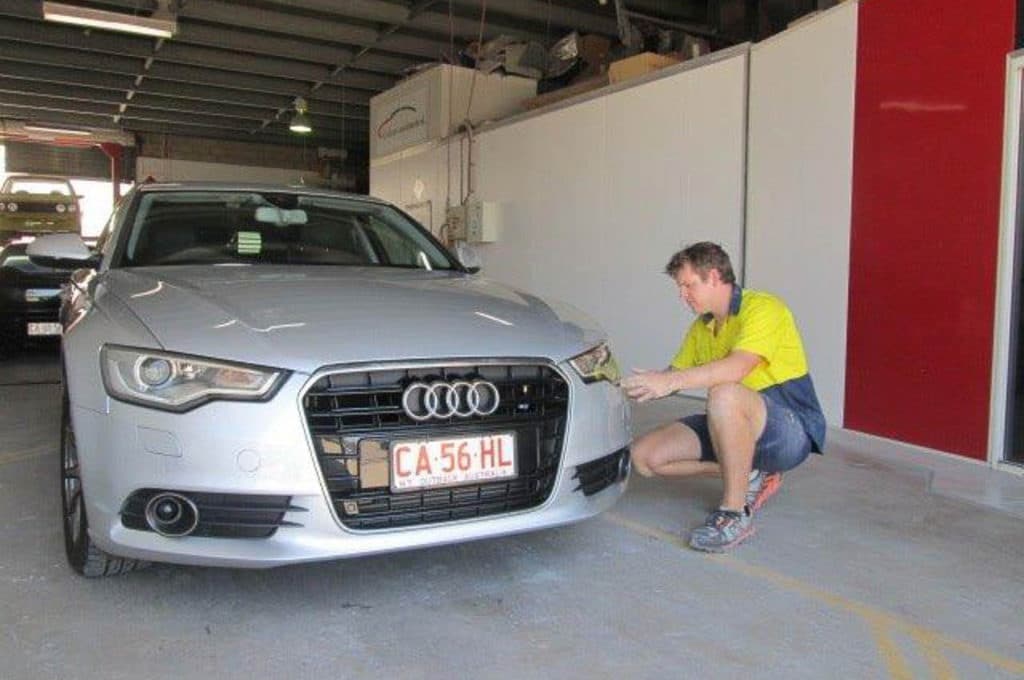Towing a vehicle for crash repairs can be a necessary but potentially risky task, often leading to unforeseen damage if not approached with care. Minimising damage while towing is paramount to ensuring both the safety of the vehicle being towed and others on the road. Common issues encountered during towing include vehicle damage and unsightly scratches, which can be costly to repair and may compromise the integrity of the vehicle.
In this article, we’ll explore various tips and tricks to help you mitigate these risks and navigate the towing process with confidence. By implementing these strategies, you can safeguard your vehicle and minimise the likelihood of encountering damage along the way.
Choose a Reliable Towing Service
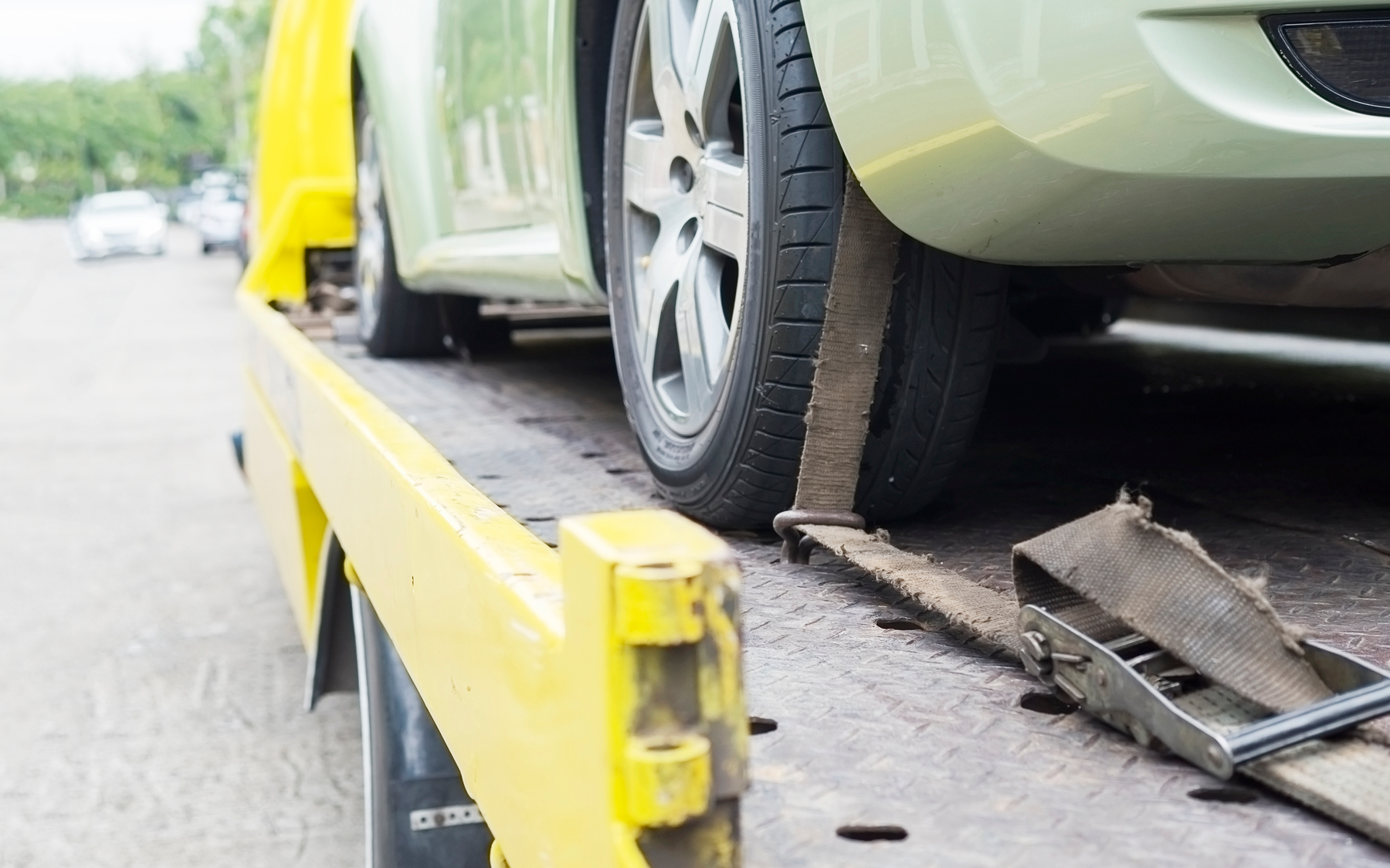
Selecting a reliable towing service is the first step towards minimising damage while towing your vehicle. Here’s why it’s crucial:
Highlighting Significance:
Opting for a reputable towing service ensures that your vehicle is in capable hands. These professionals are trained to handle towing tasks efficiently and safely, reducing the risk of damage during transport.
Check Reviews and Reputation:
Before engaging a towing service, take the time to research and evaluate their reviews and reputation. This step provides insight into the experiences of past customers and helps you gauge the reliability and quality of service offered by the towing company.
Benefits of Experience:
Experienced professionals bring a wealth of knowledge and expertise to the table. They understand the intricacies of towing different types of vehicles and are equipped to handle various challenges that may arise during the process. By hiring seasoned professionals, you can have peace of mind knowing that your vehicle is in capable hands and that the towing operation will be executed with precision and care.
Choosing a reliable towing service sets the foundation for a successful towing experience and significantly reduces the likelihood of encountering damage along the way.
Inspect Your Vehicle Before Towing
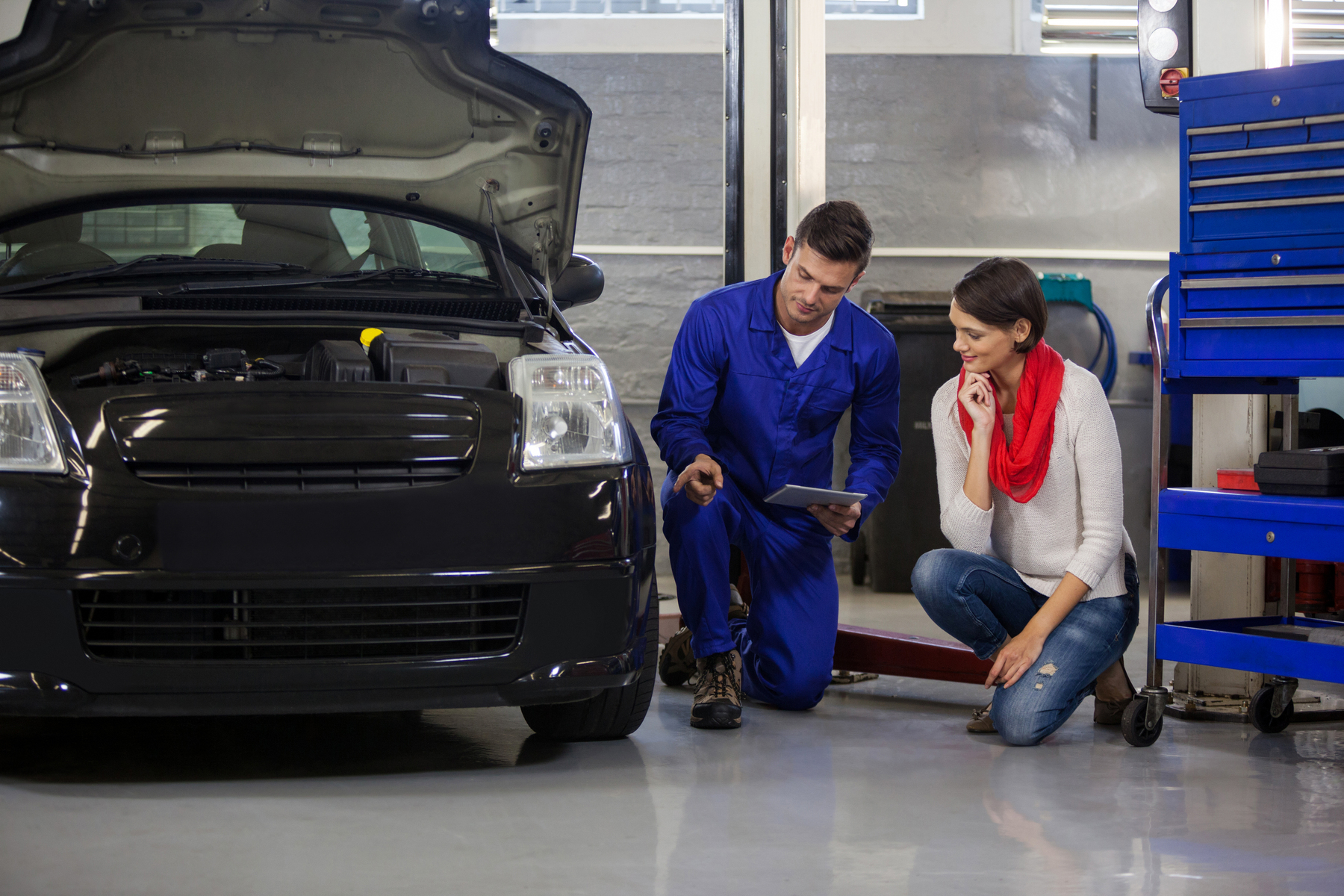
Before you hit the road for towing, it’s vital to give your vehicle a thorough once-over to catch any potential problems. Here’s why this step is so important:
Emphasizing the Need: Inspecting your vehicle before towing is crucial to ensure it’s in good shape for the journey. This inspection helps you spot any existing damage or mechanical issues that might get worse while towing and can also affect insurance claim.
Common Areas to Check: During the inspection, make sure to check key areas that are prone to damage, like the bumper, headlights, taillights, and undercarriage. Keep an eye out for signs of the paint,wear and tear, scratches, dent, or any other visible damage that could cause problems.
Importance of Addressing Existing Damage: It’s essential to take care of any existing damage before towing to prevent it from getting worse during the trip. Ignoring pre-existing damage increases the risk of more extensive repairs later on.
By doing a thorough inspection and fixing any existing damage beforehand, you can reduce the chances of running into additional problems while towing your vehicle. This proactive approach ensures a smoother and safer towing experience for both you and your vehicle.
Secure the Vehicle Properly
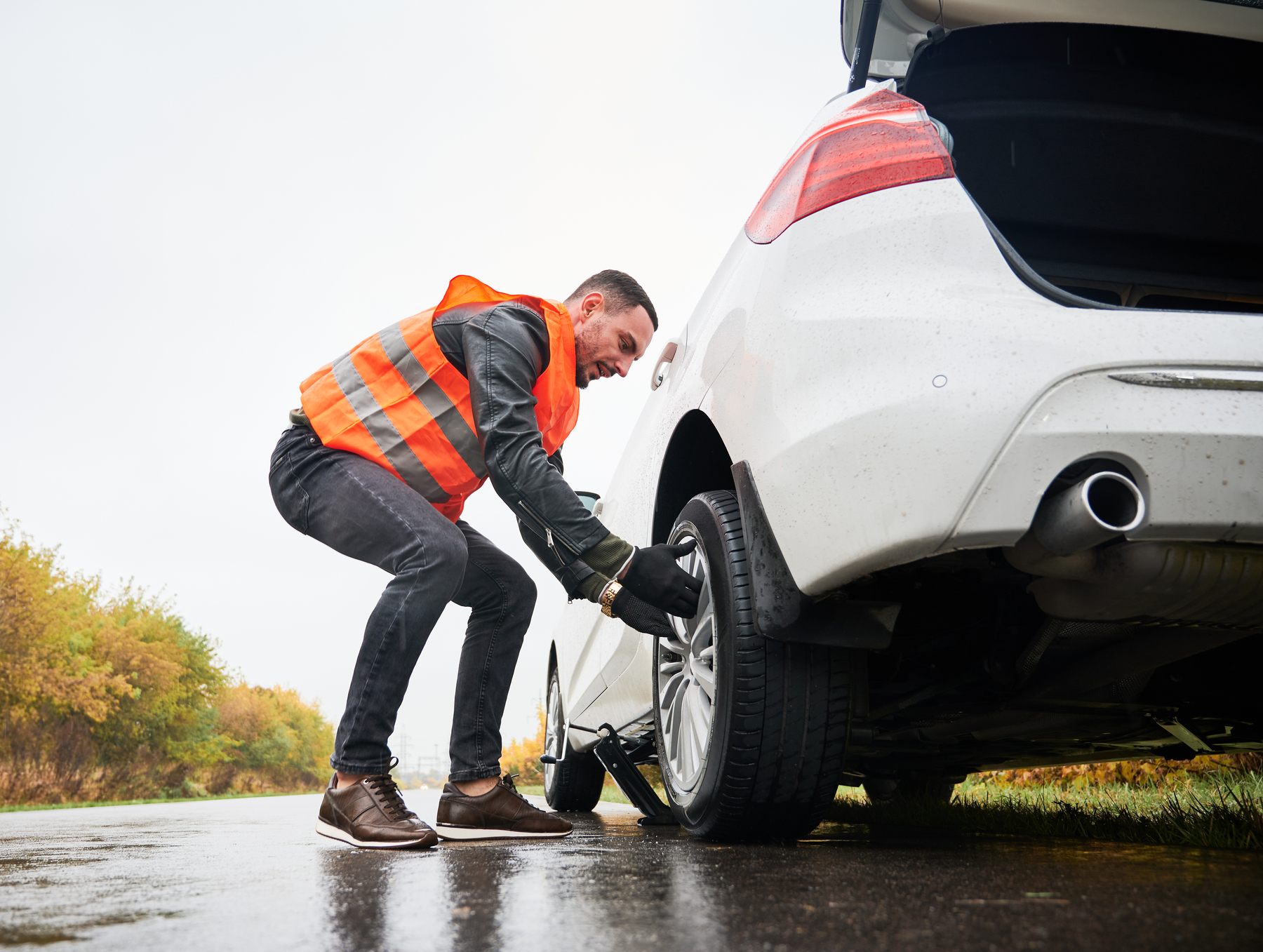
Ensuring that your vehicle is securely fastened to the towing equipment is crucial for a safe towing journey. Here’s why it matters and how to do it right:
Importance of Secure Fastening:
Properly securing the vehicle to the towing equipment prevents it from shifting or coming loose during transit. This reduces the risk of damage to both the towed vehicle and other road users. It also ensures stability and control while towing, enhancing overall safety.
Step-by-Step Instructions:
- Position the tow vehicle and the towed vehicle on level ground, ensuring they are aligned.
- Attach the towing hitch to the tow vehicle’s hitch receiver, ensuring it is securely locked in place.
- Connect safety chains from the tow vehicle to the towed vehicle, crossing them underneath the hitch. This provides an additional layer of security in case the main coupling fails.
- Attach safety cables or straps to the towed vehicle’s frame or designated towing points, ensuring they are tight and free from twists or knots.
- Double-check all connections and attachments to ensure they are secure before starting the towing journey.
Risks of Improper Securing:
Failing to secure the vehicle properly can have a number of serious consequences, including damage to the towed vehicle, the towing equipment, and other vehicles on the road. Improper securing may result in the towed vehicle becoming detached or swaying uncontrollably, leading to accidents, injuries, or property damage.
By following these steps and ensuring that the vehicle is securely fastened to the towing equipment, you can minimise the risks associated with towing and ensure a safer journey for everyone on the road.
Drive Safely and Responsibly

When towing a vehicle, it’s essential to practise safe driving habits to protect yourself, your vehicle, and others on the road. Here’s how to drive safely while towing:
Safe Driving Practices:
- Maintain a steady pace and avoid sudden movements, which can strain the towing equipment and increase the risk of accidents.
- Use your mirrors to monitor the towed vehicle and stay aware of its position and behaviour while driving.
- Signal well in advance when changing lanes or making turns to give other drivers enough time to react.
- Exercise extra caution when navigating curves or uneven terrain, as towing may affect the stability and handling of the vehicle.
Maintain a Safe Distance and Appropriate Speeds:
- Keep a safe distance from other vehicles on the road, allowing for sufficient braking distance in case of sudden stops.
- Adhere to speed limits and drive at a safe, controlled speed suitable for towing. Excessive speed increases the risk of losing control and reduces reaction time in emergencies.
Dangers of Reckless Driving and Sudden Movements:
- Reckless driving while towing can have serious consequences, including loss of control, trailer sway, or jackknifing.
- Avoid sudden movements like sharp turns or abrupt lane changes, as they can destabilise the towing setup and lead to accidents.
- Keep in mind that towing alters the vehicle’s handling, so drive cautiously and anticipate potential challenges on the road.
By driving safely and responsibly, you can minimise the risk of accidents and ensure a smooth and secure towing experience for yourself and other road users.
Be Prepared for Emergencies
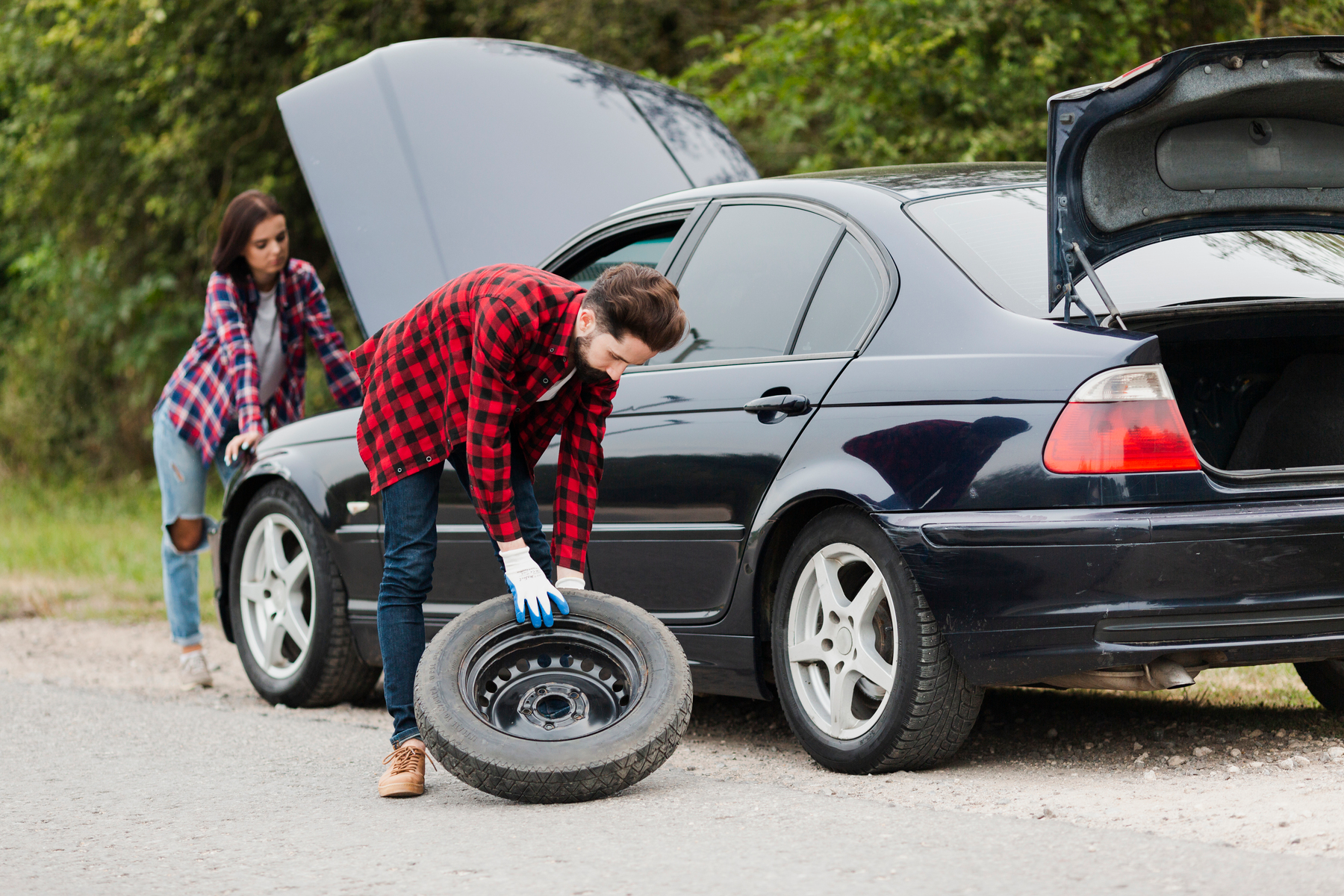
Emergencies can arise unexpectedly while towing, so it’s crucial to be prepared to handle them effectively. Here’s what you can do:
Handling Emergencies: Remain calm and assess the situation carefully if you encounter an emergency while towing. If your vehicle breaks down or experiences mechanical issues, safely pull over to the side of the road and activate hazard lights to alert other drivers. If towing equipment fails or the towed vehicle becomes unstable, gradually reduce speed and manoeuvre to a safe location before addressing the issue.
Carrying Essential Tools and Equipment: Ensure you have a well-stocked emergency kit in your vehicle, including items like a spare tyre, jack, lug wrench, jumper cables, flashlight, and basic tools. Consider carrying additional towing-specific equipment, such as tow straps or ropes, wheel chocks, and a portable air compressor, to handle towing-related emergencies effectively.
Knowing How to Contact Roadside Assistance or Emergency Services: Familiarise yourself with the procedure for contacting roadside assistance or emergency services in case of a car breakdown or accident while towing. Keep important contact numbers, such as those for roadside assistance, towing services, and emergency services, stored in your phone or written down in your vehicle.
By being prepared for emergencies, carrying essential tools and equipment, and knowing how to access assistance when needed, you can navigate towing challenges with confidence and ensure a safer journey for yourself and others on the road.
Post-Towing Inspection

After towing, it’s essential to conduct a thorough inspection of your vehicle to ensure it’s still in good condition. Here’s why this step is crucial and how to go about it:
A post-towing inspection is necessary to identify any damage that may have occurred during the towing process. Even if the towing went smoothly, there could still be hidden issues that need attention.
Common Types of Damage:
During towing, common types of damage can include scratches, dents, and alignment issues. Additionally, towing can put strain on the vehicle’s suspension and drivetrain, leading to potential mechanical problems.
To conduct a post-towing inspection, start by examining the exterior of the vehicle for any visible damage, such as scratches or dents. Check the alignment of the wheels and ensure that all lights are functioning correctly. Next, inspect the undercarriage for signs of damage or leaks. If you notice any issues, it’s essential to address them promptly to prevent further damage or safety concerns.
By performing a thorough post-towing inspection, you can catch any damage early and address it before it worsens. This proactive approach can help you avoid costly repairs down the line and ensure that your vehicle remains in top condition.
CGPP – Best Darwin Panel Beaters and Crash Repairers
For the best panel beaters and crash repairs in Darwin, CGPP has you covered. Our team of experienced professionals is dedicated to providing top-quality service and excellent workmanship to restore your vehicle to its former glory.
Whether your car has suffered minor scratches or major collision damage, our skilled panel beaters have the expertise to handle any panel repair job with precision and care. We use advanced techniques and high-quality materials to ensure lasting results that meet the highest standards.
At CGPP, the best & cost effective Darwin panel beaters, we understand the importance of timely crash repairs and strive to complete all work efficiently, getting you back on the road quickly and safely. We also work closely with insurance companies to streamline the claims process and minimise hassle for our customers.
When it comes to panel beating and crash repairs in Darwin, CGPP is the name you can trust. Contact us today to arrange an appointment or inquire about our services. Your satisfaction is our priority, and we look forward to exceeding your expectations with our exceptional service and attention to detail.
Conclusion
In conclusion, minimising damage while towing is crucial for ensuring the safety of your vehicle and others on the road. Throughout this article, we’ve highlighted key strategies to help you achieve this goal:
- Choosing a Reliable Towing Service: Selecting a reputable towing service and checking reviews and reputation are essential steps in ensuring a smooth towing experience.
- Inspecting Your Vehicle Before Towing: Conducting a thorough inspection of your vehicle before towing helps identify and address any existing damage, reducing the risk of further issues during transit.
- Securing the Vehicle Properly: Properly securing the vehicle to the towing equipment is vital for preventing damage and accidents while on the road.
- Driving Safely and Responsibly: Practising safe driving habits, maintaining a safe distance, and driving at appropriate speeds are key to minimising risks while towing.
- Being Prepared for Emergencies: Carrying essential tools and knowing how to contact roadside assistance or emergency services can help you handle unexpected situations effectively.
- Performing a Post-Towing Inspection: Conducting a thorough inspection after towing allows you to identify and address any damage promptly, ensuring your vehicle remains in top condition.
In essence, by implementing these tips and tricks, you can significantly reduce the likelihood of encountering damage while towing and ensure a safer towing experience overall. Remember, prioritising safety and taking proactive measures are key to enjoying worry-free towing adventures.
Frequently Asked Questions (FAQs)
Here are some of the common questions asked related to towing and crash repairs :
1. How long will the repair process take?
– The duration of the repair process depends on the extent of the damage to your vehicle. Minor repairs may be completed within a few days, while more extensive damage may take longer. Our team will provide you with details and an estimated timeframe based on the assessment of your vehicle.
2. Will my insurance cover the cost of repairs?
– In many cases, insurance policies cover the cost of repairs for damage caused by accidents or collisions. Our team can assist you in navigating the insurance claim review process and working with your insurance provider to ensure a smooth experience.
3. Do you offer a warranty on your repairs?
– Yes, we stand behind the quality of our workmanship and offer a warranty on all repairs performed at our facility. This warranty provides you with peace of mind knowing that your vehicle is in good hands.
4. Can you provide a courtesy car while my vehicle is being repaired?
– Yes, we understand the inconvenience of being without a vehicle, which is why we offer courtesy cars to our customers, subject to availability. Please inquire about this service when scheduling your repair appointment.
5. Do you use genuine parts for repairs?
– Whenever possible, we use genuine parts to ensure the quality and integrity of the repairs. However, in some cases, aftermarket or alternative parts may be used, depending on availability and your preferences.
6. How do I arrange for towing of my vehicle to your facility?
– Simply contact our team, and we will arrange for towing services to transport your vehicle to our facility for assessment and repairs. We work with trusted towing partners to ensure a prompt and reliable service.
7. What should I do if I notice additional damage after the repairs are completed?
– Your satisfaction is our priority, and we strive to ensure that all repairs meet your expectations. If you notice any issues or additional damage after the repairs are completed, please contact us immediately, and we will address the issue promptly.
If you have any further questions or require additional information, please don’t hesitate to contact us. Our team is here to assist you and provide the support you need throughout the repair process.

